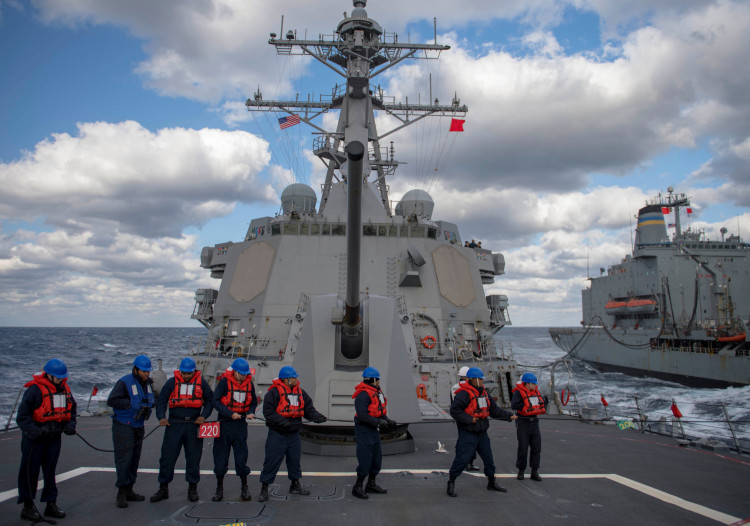A new "compact-sized" radar is under development by Chinese military scientists and the latest technology upgrade is expected to improve surveillance tasks for the navy.
The new tech advancement will allow the navy to be one step ahead of potential threats to the country. Incoming missiles, swift aircraft, and enemy battleships can be spotted faster due to the radar's wider visual field, providing the navy with more time to think of whether to come up with a counterattack or to focus on war prevention.
According to the South China Morning Post, the advanced technology of this radar will actually allow the Navy to watch over an area as big as India. Compared to older radar models, this innovation promises significant improvement in terms of national security.
China continues to improve its technological systems as last month, news emerged about a giant antenna under development somewhere in the Huazhong region. The experimental radio antenna is said to be sitting on a lot area five times bigger than New York and has gained the interest of analysts. This antenna, along with the compact radar for the Chinese navy, is a project preceding the 2009 development of the country's first Super Low-Frequency transmission.
Aside from the big reveal, the project also received praise from President Xi Jinping himself on Tuesday as he awarded lead scientist Liu Yongtan with China's top science award. Liu is a professor at Harbin Institute of Technology's department of electric and information engineering.
During the awarding ceremony, Premier Li Keqiang, a member of the Standing Committee of the Political Bureau of the CPC Central Committee, stressed the importance of technological advancements in helping reform China as a whole. Li said, "We should deepen the reform on the scientific and technological system, innovate the scientific and technological investment policy and the fund management system," Xinhua reported.
China's revelation for its navy comes in the middle of a trade war with the United States. Negotiations have been extended and both parties are reportedly seeking positive results to end the trade truce that puts tariffs on approximately $250 billion Chinese goods. The truce is scheduled to end by March.
Over the past decades, China has been working on expanding its navy's capacity. A submarine launched by the Chinese navy was able to communicate with the transmission station built in 2009 and with the addition of the newest compact radar, experts believe that the country's national security system is headed to a greater destination.






